Filter News
Area of Research
News Type
Date
Media Contacts
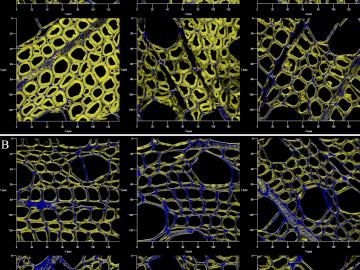
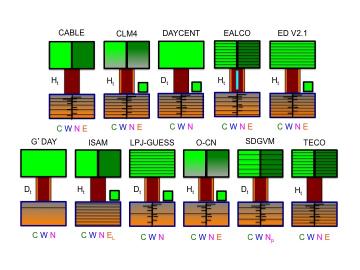
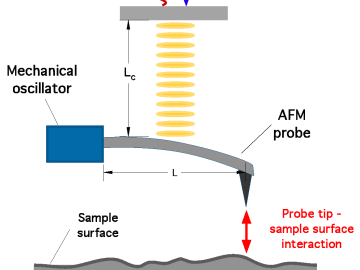
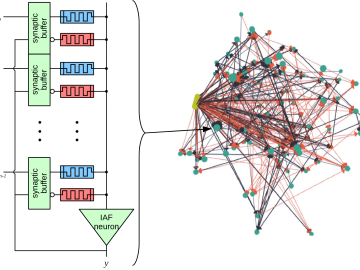
In a first for deep learning, an Oak Ridge National Laboratory-led team is bringing together quantum, high-performance and neuromorphic computing architectures to address complex issues that, if resolved, could clear the way for more flexible, efficient technologies in intelligent computing.
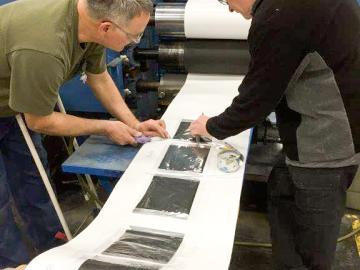
Scientists at Oak Ridge National Laboratory are using the precision of an electron beam to instantly adhere cathode coatings for lithium-ion batteries—a leap in efficiency that saves energy, reduces production and capital costs, and eliminates the use of toxic solvents.
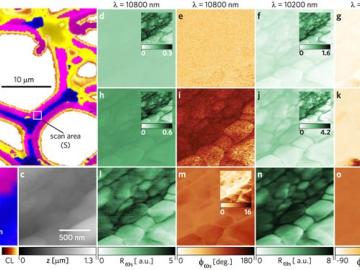
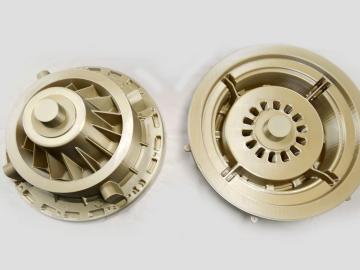
Oak Ridge National Laboratory has successfully developed and tested a novel sand casting technique to quickly design complex patterns to fabricate components for industry partner Emrgy Hydro, makers of hydropower devices designed to generate electricity from slow or shallow water flo...
![Scientists synthesized porous hollow carbon spheres (HCS, shown in pink), incorporated them in a triblock copolymer (PS-PEB-PS, two blocks of polystyrene flanking a block of poly[ethylene-ran-butylene]) matrix and spin cast the mixture to create a robust Scientists synthesized porous hollow carbon spheres (HCS, shown in pink), incorporated them in a triblock copolymer (PS-PEB-PS, two blocks of polystyrene flanking a block of poly[ethylene-ran-butylene]) matrix and spin cast the mixture to create a robust](/sites/default/files/styles/list_page_thumbnail/public/news/images/02%20chemistry%20tip_1.jpg?itok=oxggxpT_)






